1. Look Magazine
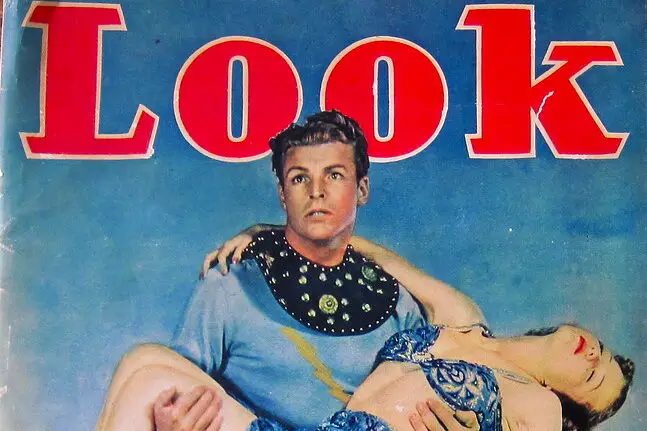
Look was once a powerhouse in the world of photojournalism, competing directly with Life by bringing stunning images and in-depth storytelling to American households. It had a knack for capturing everyday life in a way that felt both grand and intimate, covering everything from politics to entertainment with a human touch. For a while, it seemed like Look had a permanent place on coffee tables across the country. But by 1971, financial struggles and a shifting media landscape forced it to shut down says the Library of Congress.
The rise of television and increasing production costs made it tough for large-format magazines like Look to survive. Readers were turning to TV for the kind of visual storytelling that magazines once dominated, and advertisers followed suit. Even though it was beloved, the magazine just couldn’t keep up with the rapid changes in media consumption. Its legacy lives on, though, as a reminder of the golden age of photojournalism.
2. After Dark
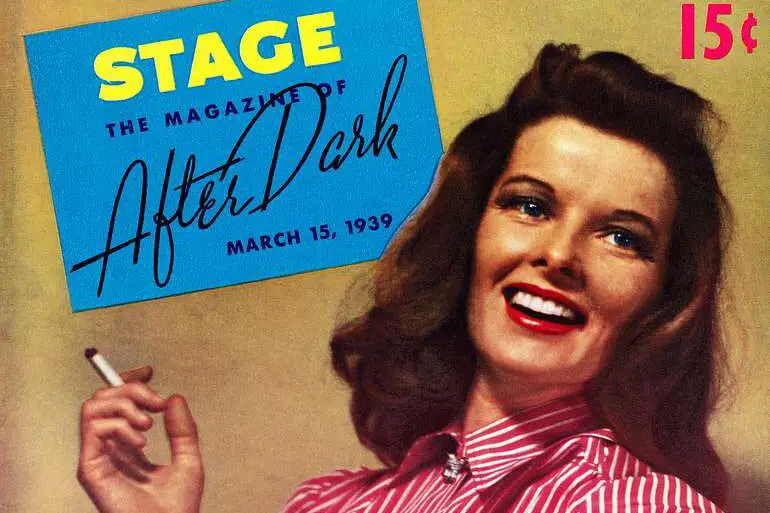
If you were into the arts in the ’70s, you probably came across After Dark, a magazine that embraced theater, dance, film, and the more avant-garde corners of entertainment. It wasn’t afraid to push boundaries, both in its content and its often risqué covers that featured striking images of performers and models. The magazine had a flair for the dramatic, much like the subjects it covered, and it developed a devoted readership among the creative crowd says Connecticut Voice.
However, by the late ’70s, its niche focus and edgy aesthetic made it harder to sustain a mainstream audience. Advertisers weren’t always keen on its bold imagery, and the market for arts publications was getting squeezed. It eventually faded out, but it remains a fascinating time capsule of a free-spirited and boundary-pushing era in entertainment journalism.
3. McCall’s
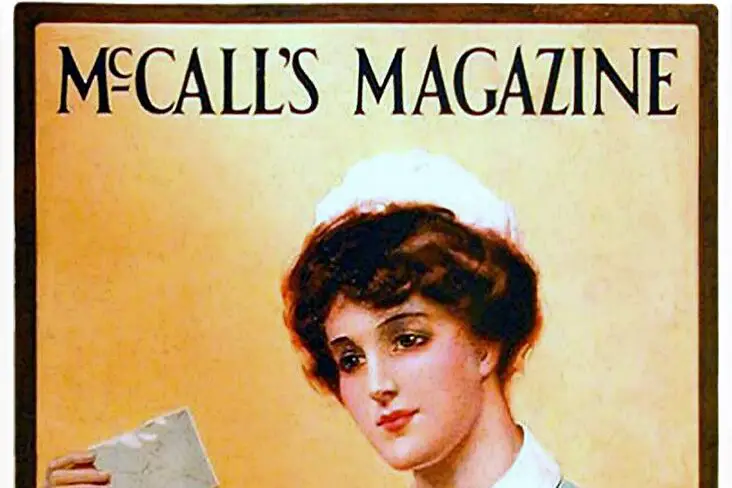
For decades, McCall’s was a staple in American households, offering fashion tips, recipes, and advice for homemakers. It had been around since the late 1800s, but by the ’70s, it was still holding strong, adapting to the times with a mix of traditional and modern content. Women across the country relied on it for everything from home decor ideas to the latest celebrity gossip.
But as the magazine industry evolved, McCall’s struggled to stay relevant against newer competitors. By 2002, it was officially gone, replaced by Rosie, a short-lived magazine collaboration with Rosie O’Donnell that ultimately didn’t work out. While it lasted well beyond the ’70s, it’s still a perfect example of a once-iconic magazine that couldn’t keep up with shifting media trends.
4. Viva

Created by Penthouse publisher Bob Guccione, Viva was marketed as an erotic magazine for women—something that was still a rarity at the time. It blended sensual photography with articles about relationships, culture, and feminism, aiming to be both provocative and empowering. Some readers loved its boldness, while others found it a bit too ahead of its time.
Despite its unique approach, Viva struggled to find a consistent audience. Women’s magazines were typically more conservative, and the concept didn’t resonate widely enough to be sustainable. It folded in 1979, but it remains a fascinating relic of the era’s shifting attitudes toward sexuality and female empowerment.
5. Sport Magazine

Before Sports Illustrated became the dominant force in sports journalism, Sport Magazine was the go-to publication for in-depth athlete profiles and analysis. It had a loyal following and was known for its long-form storytelling that gave readers a closer look at the biggest names in sports. The magazine even introduced the concept of a sports-themed award when it created the “Sportsman of the Year” honor.
But competition was fierce, and by the late ’70s, Sport was losing ground to flashier, more modern publications. It managed to limp along into the ’90s before finally shutting down. Though it’s long gone, it paved the way for the kind of rich storytelling that’s still a major part of sports journalism today.
6. Rona Barrett’s Hollywood

Celebrity gossip was serious business in the ’70s, and Rona Barrett was one of the biggest names in the industry. Her magazine, Rona Barrett’s Hollywood, gave readers juicy insider details on their favorite stars, with plenty of behind-the-scenes Hollywood drama. It was the kind of magazine you picked up if you wanted to know who was secretly dating whom or what scandals were brewing behind closed doors.
While it had its moment, the rise of glossy entertainment weeklies like People and Us Weekly made it harder for smaller celebrity magazines to survive. Barrett herself moved on to other ventures, and by the early ’80s, her magazine was no more. But for a while, it was a must-read for anyone obsessed with showbiz gossip.
7. True Confessions
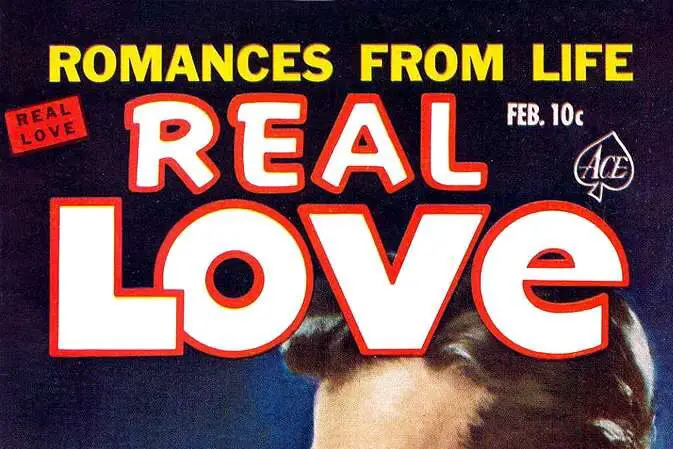
True Confessions was the kind of magazine that thrived on juicy, dramatic storytelling, featuring real-life stories (or at least, stories that claimed to be real) about love, betrayal, and personal struggles. It was popular among readers who loved emotional, first-person narratives filled with romance and heartbreak. The stories were often sensationalized, but that was part of the appeal.
Over time, tastes shifted, and by the ’70s, the popularity of confessional magazines was starting to wane. Television soap operas and talk shows took over as the go-to sources for dramatic real-life stories. True Confessions stuck around longer than some of its peers but eventually faded out, leaving behind a legacy of wildly entertaining, sometimes over-the-top storytelling.
8. Holiday
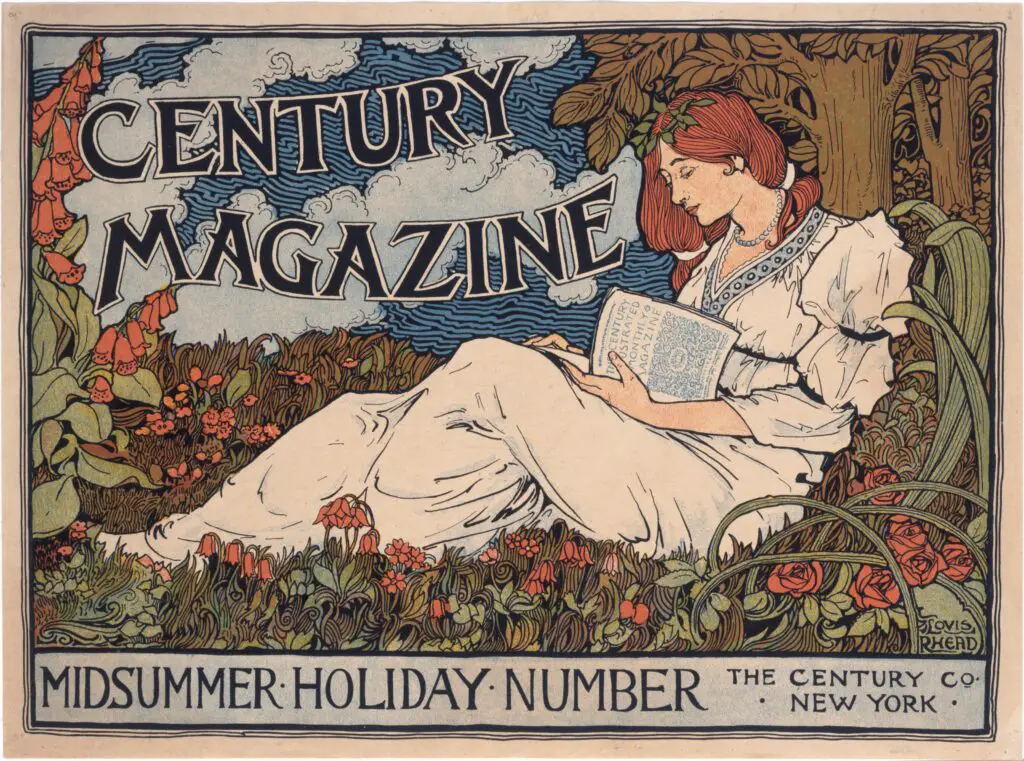
Before travel blogs and Instagram influencers, Holiday magazine was the ultimate source for dreamy travel inspiration. Its pages were filled with stunning photography, insightful essays, and detailed guides to the most glamorous destinations around the world. It had a high-end feel, appealing to those who wanted to escape into a world of adventure and luxury.
But as airline travel became more accessible, the demand for elite travel magazines shifted. By 1977, Holiday merged with Travel & Leisure, ending its run as an independent publication. Its influence can still be felt in modern travel media, but there was something special about its classic, aspirational style.
9. Ingenue
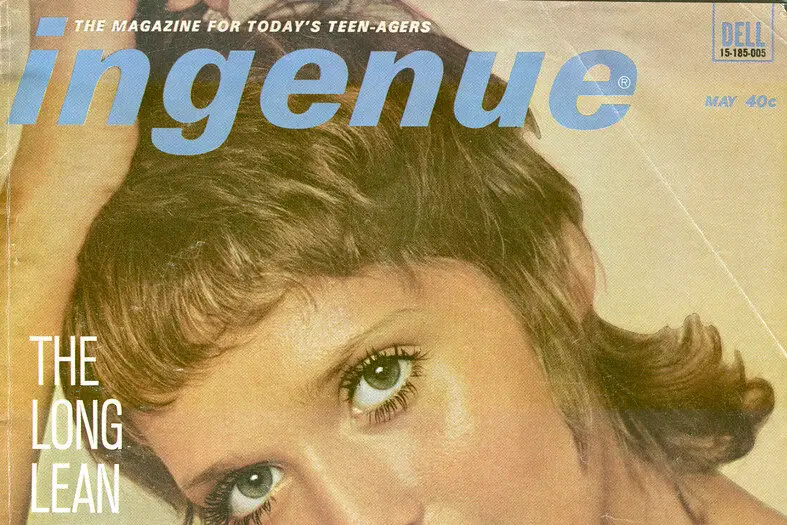
Ingenue was a teen magazine aimed at young women who wanted something a little more sophisticated than Tiger Beat. It covered fashion, beauty, and pop culture while also diving into topics like college, careers, and social issues. It was a mix of fun and substance, offering a blend that set it apart from other teen-focused publications.
Despite its efforts, Ingenue couldn’t keep up with bigger names like Seventeen and Teen. By the late ’70s, it had disappeared from newsstands. Its absence left a gap for readers who wanted something between fluffy celebrity gossip and heavy-hitting women’s magazines.
10. Teen Bag

Teen Bag was one of those short-lived teen magazines that came and went in a flash. It was packed with the usual mix of celebrity interviews, fashion advice, and quizzes that were a staple of ’70s teen culture. Unlike Seventeen or Teen, it had a slightly more playful and free-spirited vibe, embracing the colorful and sometimes wacky trends of the era.
Unfortunately, it never managed to build the kind of loyal readership that its competitors had. By the time the ’70s ended, Teen Bag had disappeared, unable to keep up in a crowded market. While it may not have left a lasting impact, those who remember it likely have fond memories of its fun, carefree energy.
11. Ms.
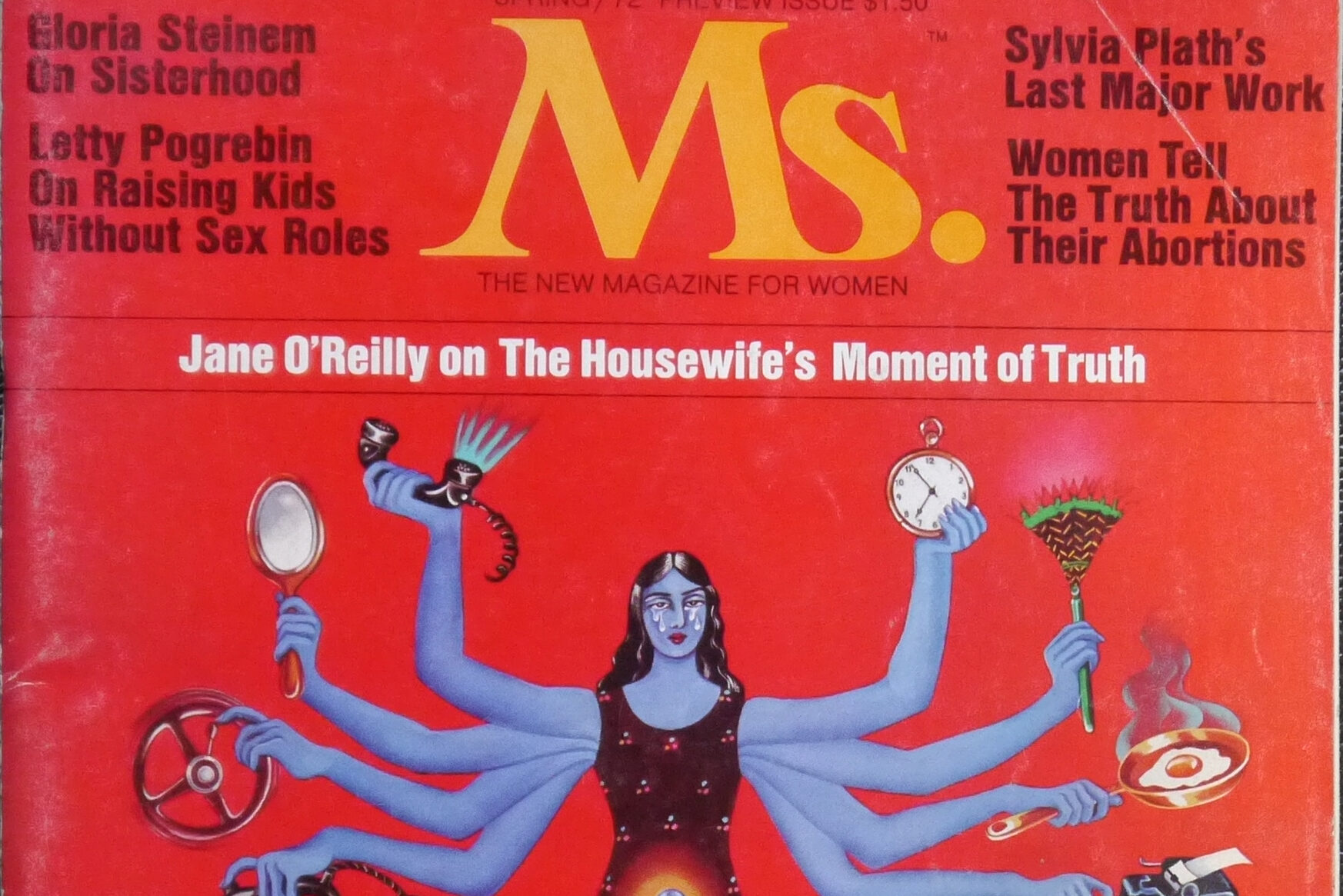
Ms. was groundbreaking when it launched in 1971, bringing feminism into the mainstream magazine world. It covered issues that other women’s magazines largely ignored, like workplace discrimination, reproductive rights, and gender equality. Co-founded by Gloria Steinem, it became a rallying point for the women’s movement and introduced many readers to feminist ideas for the first time.
While Ms. still technically exists in a reduced form, it lost its prominence in the magazine world decades ago. By the late ’70s and into the ’80s, ad revenue dried up as many companies hesitated to associate with feminist content. It eventually transitioned to a non-profit model and moved away from mass-market distribution, making it more of a niche publication than the powerhouse it once was.
12. Teen Time

Teen Time was one of many magazines in the ’70s that catered to young readers obsessed with pop culture, music, and fashion. It was filled with glossy photos of teen heartthrobs, behind-the-scenes scoops on TV shows, and advice columns that covered everything from friendship drama to dating tips. Unlike some of the bigger teen magazines, Teen Time had a slightly more wholesome, lighthearted tone, making it a favorite for younger teens.
Despite its dedicated readership, it struggled to compete with more established names like Tiger Beat and Seventeen. As the decade ended, it became clear that the teen magazine market was oversaturated, and Teen Time couldn’t keep up. By the early ’80s, it had disappeared, leaving behind only a few old copies in attic boxes and the memories of those who once flipped through its colorful pages.
13. Flash Cadillac
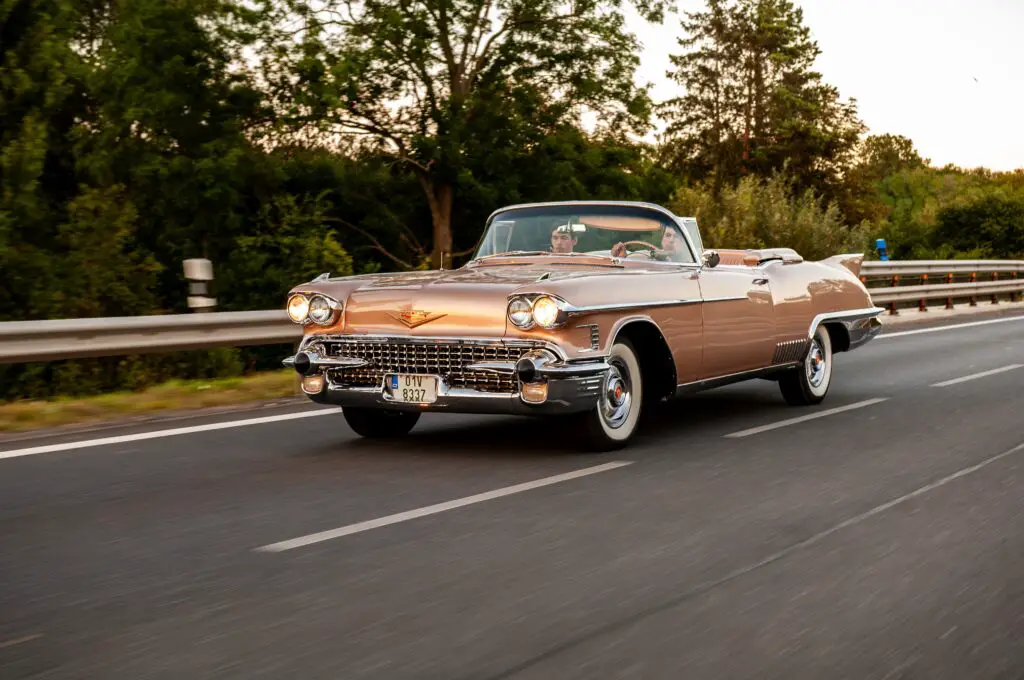
Flash Cadillac was one of those magazines that thrived for a brief but memorable time, riding the wave of the ’70s rock and roll culture. It was a mix of music, lifestyle, and counterculture content, appealing to fans who wanted more than just standard music reviews. The magazine had a certain raw energy that made it stand out.
But like many niche publications, it struggled with financial issues and the changing tastes of the audience. By the end of the decade, it had disappeared, unable to compete with bigger rock magazines like Rolling Stone. Still, for a brief moment, it captured the rebellious spirit of the era.
14. Star Trek Giant Poster Book
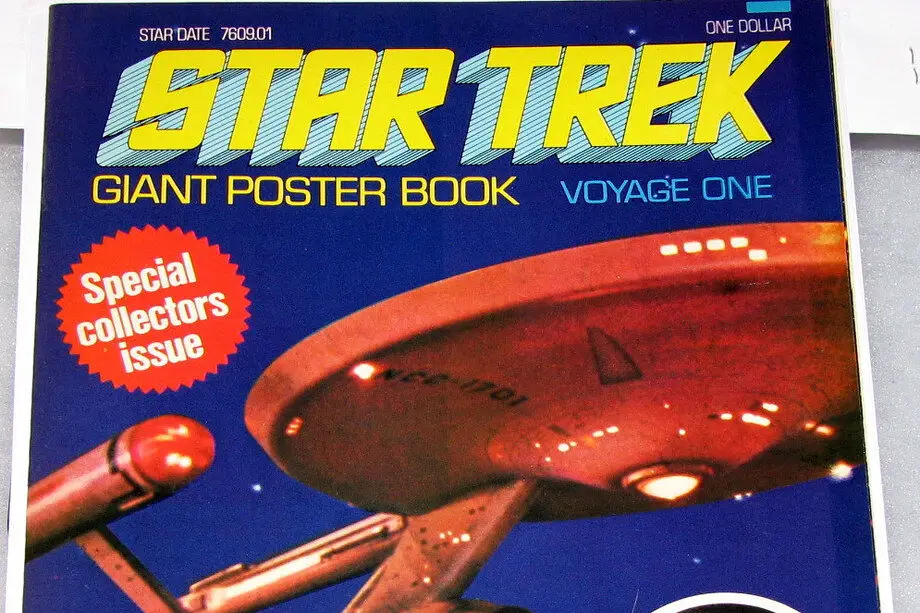
For Star Trek fans in the ’70s, this magazine was a dream come true. Each issue featured massive fold-out posters of the beloved sci-fi series, along with interviews, behind-the-scenes stories, and deep dives into the show’s lore. It catered to the passionate fanbase that had kept Star Trek alive even after the original series ended.
Unfortunately, niche magazines like this often have a short shelf life, and by the late ’70s, it was gone. As Star Trek expanded into movies and conventions became more popular, fans found other ways to engage with their favorite franchise. While short-lived, it was a cherished part of ’70s fandom culture.
